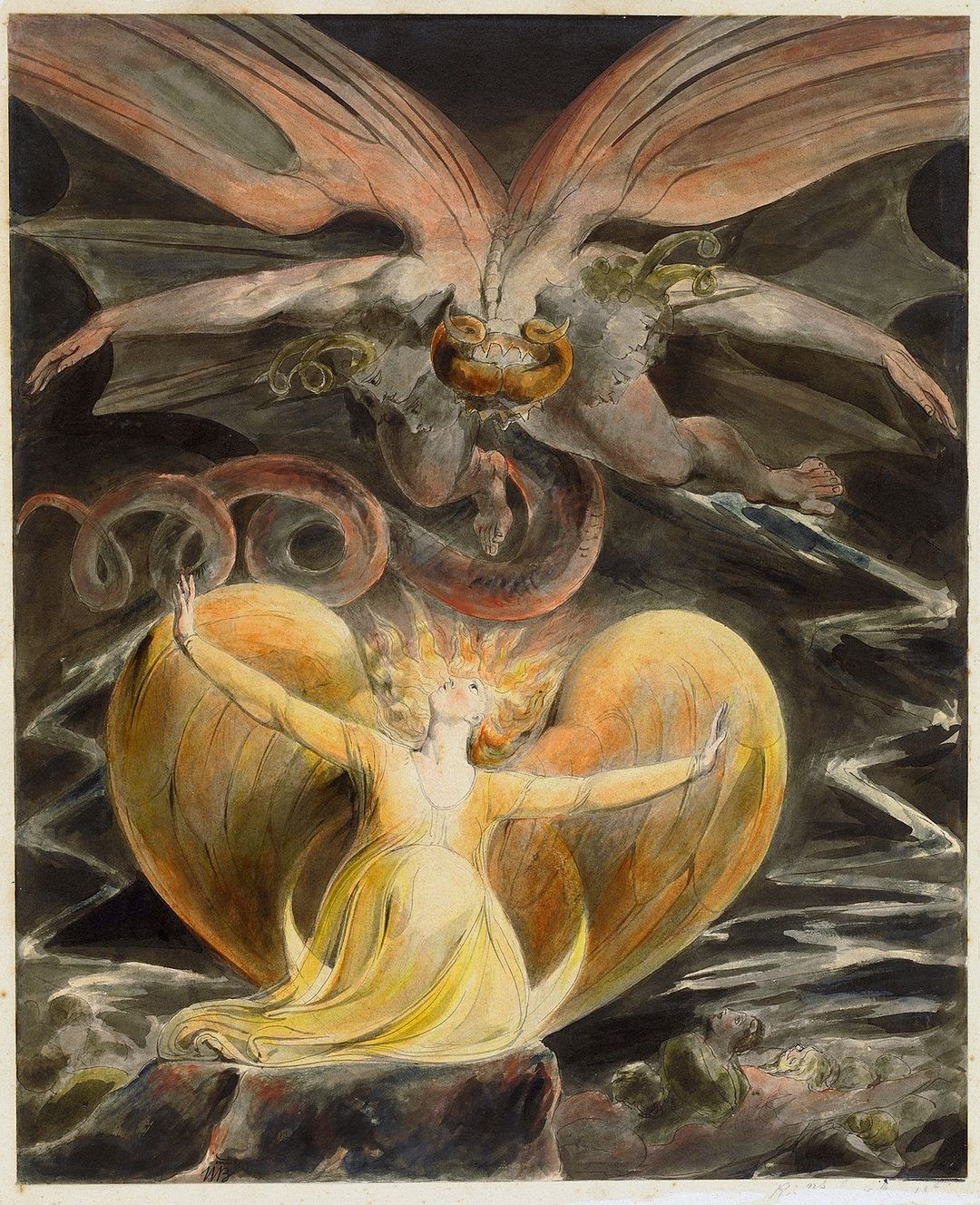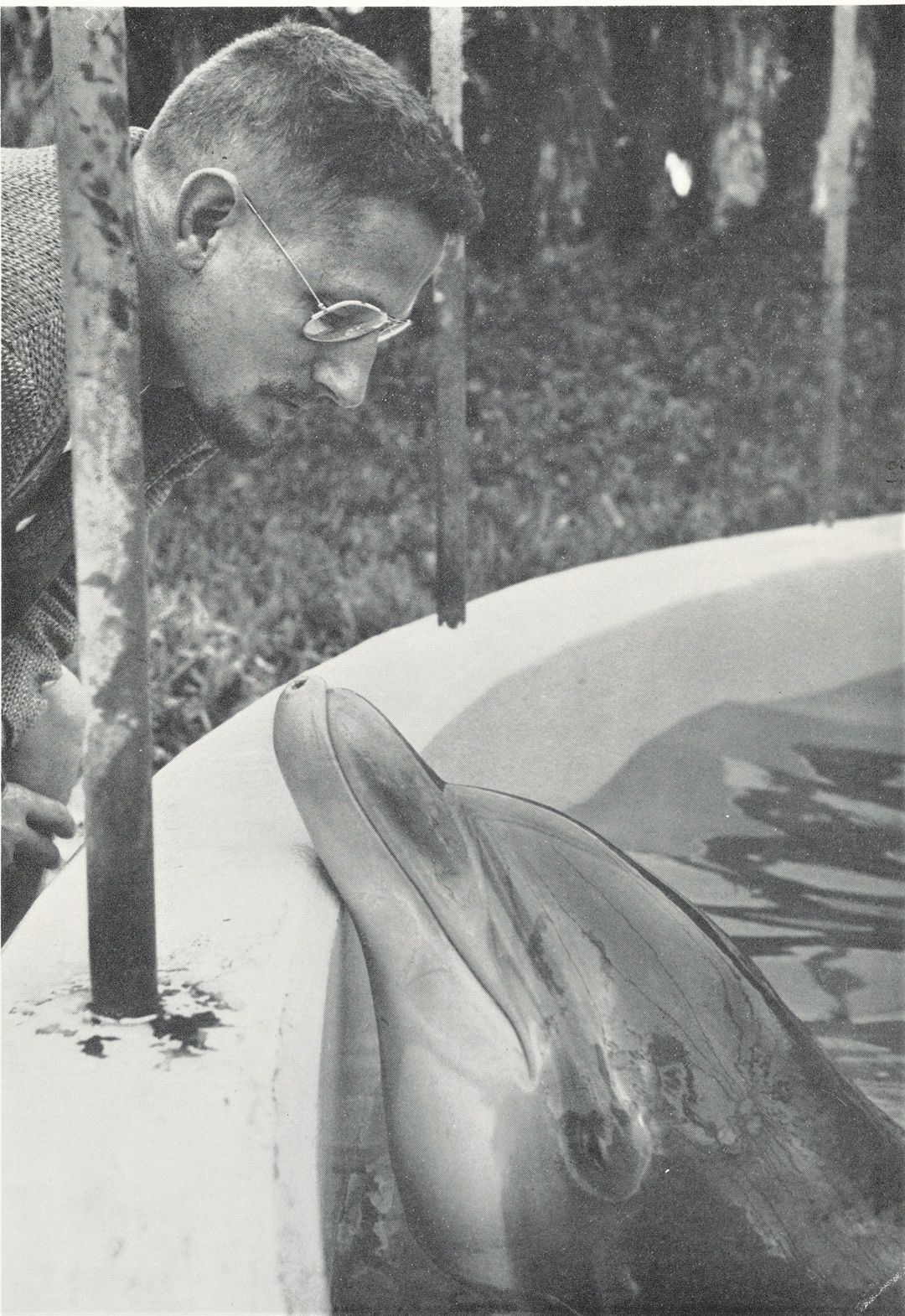Blog
Peter Hall, folk singer and song collector, born London, June 28 1936; died Aberdeen, December 5, 1996
PETER Hall’s contribution to the folk song revival in Scotland was enormous. Although born in London and raised in Newcastle, when he moved to Aberdeen to study Medicine in the 1950s he became engrossed in the ballads and songs of the North-east.
National Service (one of his favourite observations was that he was only in the Army for three years but still managed to become a Field Marshall . . . of the long jump) interrupted his medical studies, and when he returned from the Army he became a science teacher and taught latterly at Harlaw Academy in Aberdeen.
At his first teaching post in Peterhead, pupils became used to their science teacher asking if any of their family knew any songs. Acting on these leads and others supplied by Hamish Henderson at the School of Scottish Studies and other word-of-mouth contacts, Hall spent much of his spare time and the school holidays travelling round Aberdeenshire, Banffshire, and Western Ireland with a small Phillips reel-to-reel recorder, logging some 600 songs.
Pete Candoli (born Walter Joseph Candoli; June 28, 1923 – January 11, 2008) was an American jazz trumpeter. He played with the big bands of Woody Herman and Stan Kenton and worked in the studios of the recording and television industries.
Career
A native of Mishawaka, Indiana, Pete Candoli was the older brother of Conte Candoli.
During the 1940s he was a member of big bands led by Sonny Dunham, Will Bradley, Ray McKinley, Tommy Dorsey, Teddy Powell, Woody Herman, Boyd Raeburn, Tex Beneke, and Jerry Gray. For his ability to hit high notes on the trumpet he was given the nickname “Superman”.[3] While he was a member of Woody Herman’s First Herd, he sometimes wore a Superman costume during his solo. In the 1950s he belonged to the bands of Stan Kenton and Les Brown and in Los Angeles began to work as a studio musician. His studio work included recording soundtracks for the movies Bell, Book and Candle (in which the Brothers Candoli performed in scenes set in the movie’s Zodiac nightclub), Private Hell 36, Day the World Ended (1955) (‘The S.F. Blues’), Peter Gunn (on 38 episodes, acting once), Save the Tiger, The Man with the Golden Arm, and The Prisoner of Second Avenue; appearing with The Tonight Show Band ; and acting in The Adventures of Ozzie and Harriet, (1957); Kings Go Forth, (1958); Touch of Evil, (1958); ‘Pete’, in three episodes of Johnny Staccato, (1958–59); Porgy and Bess, (1959); as trumpet player ‘Johnny’, in ‘The Hand’, an episode of Alcoa Presents: One Step Beyond, (series 2, episode 15), 1959, (broadcast US, 15th Dec); as the ‘Spokesman’, in one episode of The Untouchables (1959 TV series), (1959-1963); Monsanto Night Presents Michel Legrand, a 1972 TV special, in which he played ‘Mos Santos’; a bartender and trumpet player in the short film, ‘Tarzana’, (1978), (starring his then wife, Edie Adams); and as ‘Sam Johnson’, in one episode of Hotel (American TV series), (1983), among others.
more...David “Honeyboy” Edwards (June 28, 1915 – August 29, 2011) was an American delta blues guitarist and singer from Mississippi.
Edwards was born in Shaw, Mississippi. He learned to play music from his father, a guitarist and violinist. At the age of 14, he left home to travel with the bluesman Big Joe Williams, beginning life as an itinerant musician, which he maintained through the 1930s and 1940s. He performed with the famed blues musician Robert Johnson, with whom he developed a close friendship. Edwards was present on the night Johnson drank the poisoned whiskey that killed him, and his story has become the definitive version of Johnson’s demise. Edwards also knew and played with other leading bluesmen in the Mississippi Delta, including Charley Patton, Tommy Johnson, and Johnny Shines.
more...“To see a world in a grain of sand And heaven in a wild flower, To hold Infinity in the palm of your hand, and Eternity in an hour.” William Blake

more...
Jets of material blasting from newborn stars, are captured in this James Webb Space Telescope close-up of the Serpens Nebula. The powerful protostellar outflows are bipolar, twin jets spewing in opposite directions. Their directions are perpendicular to accretion disks formed around the spinning, collapsing stellar infants. In the NIRcam image, the reddish color represents emission from molecular hydrogen and carbon monoxide produced as the jets collide with the surrounding gas and dust. The sharp image shows for the first time that individual outflows detected in the Serpens Nebula are generally aligned along the same direction. That result was expected, but has only now come into clear view with Webb’s detailed exploration of the active young star-forming region. Brighter foreground stars exhibit Webb’s characteristic diffraction spikes. At the Serpens Nebula’s estimated distance of 1,300 light-years, this cosmic close-up frame is about 1 light-year across.

Joseph Edward Covington (born Joseph Edward Michno; June 27, 1945 – June 4, 2013) was an American drummer, best known for his involvements with Jefferson Airplane, Hot Tuna and Jefferson Starship.
Though best known for his work with Jefferson Airplane, Electric Hot Tuna, and Jefferson Starship, Joey Covington (born Joseph Michno) had a long career starting at age 10 as a self-taught drummer/percussionist, along with becoming an award-winning songwriter and ultimately recording on over 22 albums, of which 16 went gold and platinum.
Covington became a professional drummer as a young teenager, taking gigs with, among other things, polka bands and in strip clubs in his hometown of Johnstown, Pennsylvania. A colorful character, on his website he listed among his fondest early memories “Getting to New York City on a Greyhound bus with a suitcase, a set of drums, and a hundred dollars in my pocket.”
more...St. Elmo Sylvester Hope (June 27, 1923 – May 19, 1967) was an American jazzpianist, composer, and arranger, chiefly in the bebop and hard bop genres. He grew up playing and listening to jazz and classical music with Bud Powell, and both were close friends of another influential pianist, Thelonious Monk.
Hope survived being shot by police as a youth to become a New York-based musician who recorded with several emerging stars in the early to mid-1950s, including trumpeter Clifford Brown, and saxophonists John Coltrane, Lou Donaldson, Jackie McLean, and Sonny Rollins. A long-term heroin user, Hope had his license to perform in New York’s clubs withdrawn after a drug conviction, so he moved to Los Angeles in 1957. He was not happy during his four years on the West Coast, but had some successful collaborations there, including with saxophonist Harold Land.
More recordings as leader ensued following Hope’s return to New York, but they did little to gain him more public or critical attention. Further drug and health problems reduced the frequency of his public performances, which ended a year before his death, at the age of 43. He remains little known, despite, or because of, the individuality of his playing and composing, which were complex and stressed subtlety and variation rather than the virtuosity predominant in bebop.
Elmo Hope was born on June 27, 1923, in New York City. His parents, Simon and Gertrude Hope, were immigrants from the Caribbean, and had several children.
more...Johnny “Big Moose” Walker (June 27, 1927 – November 27, 1999) was an American Chicago blues and electric blues pianist and organist. He worked with many blues musicians, including Ike Turner, Sonny Boy Williamson II, Lowell Fulson, Choker Campbell, Elmore James, Earl Hooker, Muddy Waters, Otis Spann, Sunnyland Slim, Jimmy Dawkins and Son Seals.
Walker was primarily a piano player but was also proficient on the electronic organ and the bass guitar (he played the bass guitar when backing Muddy Waters). He recorded solo albums and accompanied other musicians in concert and on recordings.
John Mayon Walker was born in the unincorporated community of Stoneville, Mississippi, partly of Native American ancestry. He acquired his best-known stage name in his childhood in Greenville, Mississippi, derived from his long, flowing hair.He learned to play several instruments, including the church organ, guitar, vibraphoneand tuba.
more...
Rahul Dev Burman (27 June 1939 – 4 January 1994) was an Indian music director and actor, who is considered to be one of the greatest and most successful music directors of the Hindi film music industry. From the 1960s to the 1990s, Burman composed musical scores for 331 films, bringing a new level of music ensemble with his compositions. Burman did his major work with legendary singers Lata Mangeshkar, Asha Bhosle, and Kishore Kumar. He also worked extensively with lyricist Gulzar, with whom he has some of the most memorable numbers in his career. Nicknamed Pancham, he was the only son of the composer Sachin Dev Burman.
He was mainly active in the Hindi film industry as a composer, and also provided vocals for a few compositions. He served as an influence to the next generation of Indian music directors, and his songs continue to be popular in India and overseas. Many years after his death, his songs continue to be inspiration for new singers and composers.
more...“The ego tends to equate having with Being: I have, therefore I am. And the more I have, the more I am. The ego lives throught comparison. How you are seen by others turns into how your see yourself.” Eckhart Tolle

“In the province of the mind, what one believes to be true either is true or becomes true”. John Lilly

Sh2-106, also known as the Celestial Snow Angel, is an emission nebula and a star formation region in the constellation Cygnus. It is a H II region estimated to be around 2,000 ly (600 pc) from Earth, in an isolated area of the Milky Way.
In the center of the nebula is a young and massive star that emits jets of hot gas from its poles, forming the bipolar structure. Dust surrounding the star is also ionized by the star. The nebula spans about 2 light-years across.

Samuel Lawrence “Larry” Taylor (June 26, 1942 – August 19, 2019) was an American bass guitarist, best known for his work as a member of Canned Heat. Before joining Canned Heat he had been a session bassist for The Monkees and Jerry Lee Lewis.He was the younger brother of Mel Taylor, long-time drummer of The Ventures.
Taylor was born in New York, New York. His mother was Jewish and his father was a “WASP” from Tennessee. Taylor was the younger brother to Mel Taylor (1933-1996), drummer for The Ventures. As a kid, Taylor’s family moved back and forth from Brooklyn, New York City and Tennessee. They also lived in Texas and California. While living in California, Taylor was sent by his mother back to Tennessee to join a mandatory Reserve Officers’ Training Corps to punish him and teach him discipline as he was an “incorrigilbe” child.
more...Reginald “Reggie” Workman (born June 26, 1937, in Philadelphia, Pennsylvania) is an American avant-garde jazz and hard bop double bassist, recognized for his work with both John Coltrane and Art Blakey.
Early in his career, Workman worked in jazz groups led by Gigi Gryce, Donald Byrd, Duke Jordan and Booker Little. In 1961, Workman joined the John Coltrane Quartet,replacing Steve Davis. He was present for the saxophonist’s Live at the Village Vanguard sessions, and also recorded with a second bassist (Art Davis) on the 1961 album, Olé Coltrane. Workman left Coltrane’s group at the end of the year, following a European tour.
In 1962, Workman joined Art Blakey‘s Jazz Messengers (replacing long-time Blakey bassist Jymie Merritt), and worked alongside Freddie Hubbard, Wayne Shorter, and Cedar Walton for most of his time in the Jazz Messengers. Workman left Blakey’s group in 1964.
Workman also played with James Moody, Yusef Lateef, Pharoah Sanders, Herbie Mannand Thelonious Monk. He has recorded with Archie Shepp, Lee Morgan and David Murray. Workman, with pianist Tommy Flanagan and drummer Joe Chambers, formed The Super Jazz Trio in 1978.
As of 2016, he was a professor at The New School for Jazz and Contemporary Musicin New York City, and was a member of the group, Trio 3, with Oliver Lake and Andrew Cyrille. Workman has been a resident of Montclair, New Jersey.
more...Robert David Grusin (born June 26, 1934) is an American composer, arranger, producer, jazz pianist, and band leader. He has composed many scores for feature films and television and has won numerous awards for his soundtrack and record work, including an Academy Award and 10 Grammy Awards. Grusin is also a frequent collaborator with director Sydney Pollack, scoring many of his films like Three Days of the Condor (1975), Absence of Malice (1981), Tootsie (1982), The Firm (1993), and Random Hearts (1999). In 1978, Grusin founded GRP Records with Larry Rosen, and was an early pioneer of digital recording.
Grusin was born in Littleton, Colorado, to Henri and Rosabelle (née de Poyster) Grusin. His family originates from the Gruzinsky princely line of the Bagrationi dynasty, the royal family that ruled the Kingdom of Georgia in the ninth to 19th centuries. In Slavic languages, “Grusin” is an ethnonym for Georgians.
more...More Posts
- Jimmy Cobb Day
- Leadbelly Day
- World Music with Quintet Urmuli
- Daily Roots with Dennis Brown
- Fat Tuesday 2020 with the BEAU KOO JACKS
- Echoes of Freedom with MLK
- The Cosmos with 3C31 Radio Galaxy
- Robert Palmer Day
- Janis Joplin Day
- Horace Parlan Day
- Willie Lee “Big Eyes” Smith Day
- World Music with Trad.Attack!
- Daily Roots with Mike Brooks
- Echoes of Freedom with MLK
- The Cosmos with NGC 247
- Steve Grossman Day
- Al Foster Day
- Vassilis Tsitsanis Day
- World Fusion with Oum
- Daily Roots with the Meditations
